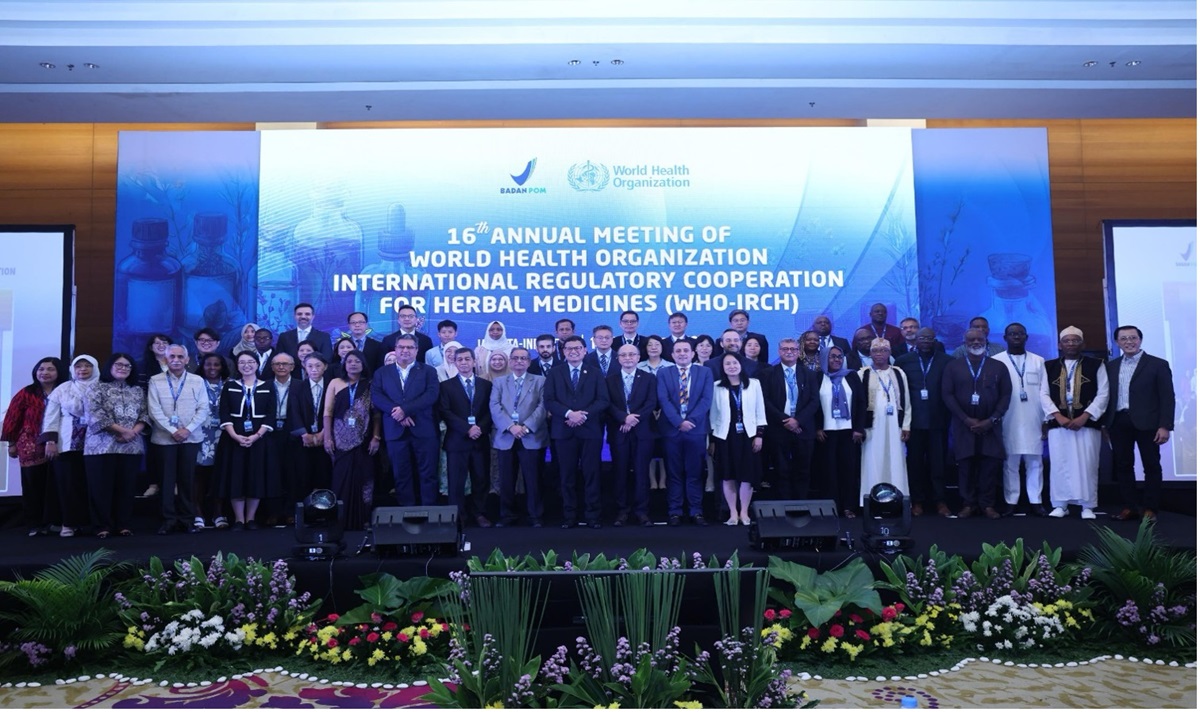Nutritional poverty: when systems fail both the rich and the poor

India’s success story in poverty reduction often begins with economic metrics. Over the past three decades, while millions have moved above the income poverty line, the cost of disease has pushed millions in to poverty. Beneath this economic narrative lies a quieter, more pervasive deprivation: nutritional poverty. Unlike income poverty, which is visible in statistics, nutritional poverty is hidden in blood reports, fatigue, and the gradual erosion of health across generations.
It is a paradox of modern India that people in both rural hamlets and urban high-rises suffer from poor nutrition. The poor are deprived of nutrient-rich food because they cannot afford it; the rich, because they do not know what to eat. The first is a poverty of access, the second a poverty of awareness. Together, they form a national crisis that no income index captures.

Malnutrition, everyone’s problem
India ranks 102nd out of 123 countries on the Global Hunger Index 2024. According to the National Family Health Survey-5 (2019-21), 33% of children under five are stunted, 19% wasted, 12% of the population is undernourished, and 19% of women of reproductive age are anaemic. Though slowly improving, these figures remain among the highest globally. Less discussed is that nutritional inadequacy affects more than just the poor.
The ICMR-National Institute of Nutrition (2021) reports that average adults in India consume high calories and carbohydrates but lack protein and micronutrients. This imbalance is fueling obesity, with NFHS 5 data showing 24% of women and 23% of men as overweight or obese – tripling in the last decade across urban and rural areas.
Child overweight rates have also risen, from 2.1% to 3.4% among under-fives between NFHS-4 and NFHS-5. Among higher socioeconomic groups, one in three adults is overweight or obese, and one in four has hypertension or diabetes. Urban diets heavy in ultra-processed foods and sugary drinks have made the affluent overfed yet undernourished. Unhealthy diets now account for up to 56% of India’s disease burden.

Dietary diversity and policy
Dietary diversity – consuming more than three food groups – is essential for balanced nutrition, providing carbohydrates, proteins, vitamins, and minerals. A healthy diet includes cereals, pulses, nuts, oils, meat, fish, eggs, fruits, and vegetables. Improved dietary diversity is strongly linked to better nutritional outcomes, and policy plays a key role in shaping this.
Public health programmes including the Integrated Child Development Services (ICDS) and Poshan Abhiyaan have made progress against undernutrition in children and women, but adult nutrition and diet-related non-communicable diseases remain largely unaddressed. Take-home rations under these schemes are still dominated by cereals, mainly rice and wheat, while protein-rich and micronutrient-dense foods are underrepresented.
The National Food Security Act (NFSA) of 2013 shifted food access from welfare to rights, expanding cheap staple cereals and reducing hunger. However, it prioritised wheat and rice at the expense of dietary diversity, marginalising traditional, nutrient-rich crops such as sorghum, pearl millet, finger millet, and foxtail millet. These indigenous millets, rich in micronutrients and climate-resilient, have been largely excluded from mainstream food policies despite their benefits.

Wealth doesn’t equal nutrition
Higher income doesn’t guarantee better nutrition. Data shows middle and upper-middle class households buy more ultra-processed foods (UPFs) – high in sugar, salt, and unhealthy fats – than both lower and upper classes. This reflects India’s ongoing ‘nutrition transition,’ where rising incomes and urban lifestyles shift diets from traditional, nutrient-rich foods to energy-dense processed options. Eating out and packaged foods have become status symbols, with online food delivery further fueling this trend.
Though food choices seem more varied, true dietary diversity hasn’t kept pace. Processed snacks and sugary drinks have increased, while traditional diets rich in pulses, fruits, vegetables, and millets are being displaced. As a result, expanded food access hasn’t translated into better nutrition. This disconnect shows that economic growth alone doesn’t improve diets. Tackling malnutrition requires policies that promote healthier food environments and nutrition literacy across all income groups

Nutrition education poverty
At its core, nutritional poverty is an education problem. A national analysis comparing Indian diets with the EAT-Lancet reference diet reveals widespread imbalances. Most Indians consume fewer calories than recommended, except the richest 5%. Diets are overwhelmingly dominated by cereals, while intake of fruits, vegetables, and protein – especially non-cereal and animal-based sources – is far below healthy levels.
Even wealthier households fall short of basic dietary diversity. Alarmingly, the average Indian household gets more calories from processed foods than from fruits. This isn’t just about access or affordability – it reflects a deep lack of awareness about what constitutes a healthy diet. India urgently needs system-wide efforts to improve nutrition education and promote healthier, sustainable food choices.
Compounding this challenge is the cultural view of food primarily as comfort, celebration, or status – not as preventive medicine. Education systems rarely teach the science of nutrition, while urban lifestyles and workplaces normalise eating for convenience. The result is widespread metabolic disease, even among the educated and affluent.

Human, economic costs
Nutritional poverty is driving a sharp rise in non-communicable diseases (NCDs) across all income groups in India, creating heavy costs for both families and the health system. Nearly two-thirds of households with NCDs face catastrophic health expenditure (CHE), with out-of-pocket costs exceeding 10% of income and pushing families into poverty.
This creates a vicious cycle: poor diets lead to chronic illness, treatment drains household income, and the resulting stress reduces access to nutritious food. Without urgent action to promote dietary diversity and protect families from chronic disease costs, millions will remain nutritionally and economically vulnerable.
Nutritional poverty is not just a personal health issue – it’s a systemic economic burden. India faces a “double burden of malnutrition,” with undernutrition and obesity coexisting. Poor diets now drive over 60% of all deaths in India. By 2030, NCDs linked to diet are projected to cost the country nearly ₹382 lakh crore in lost productivity and healthcare costs.
Ironically, the funds spent on treating lifestyle diseases could prevent them if redirected toward nutrition education, behavioural change, and primary care. Yet, less than 2% of India’s health budget goes to healthcare, and most nutrition spending is still limited to maternal and child schemes.

Reimagining health systems
To break the cycle of nutritional poverty, health systems must integrate nutrition as a core function rather than a peripheral add-on. Several measures can make this shift tangible:
Embed nutrition counselling in primary care. Every PHC, community health centre, and private outpatient clinic should include a trained nutrition counsellor. Counselling must focus on how to cook affordable nutrient-dense meals, and behavioural change.
Build nutrition literacy into school curricula. Early education about food diversity, local ingredients, and label reading creates long-term awareness.
Train healthcare professionals. Medical and nursing curricula must include nutrition science and communication so that every doctor, not just dietitians, can guide patients meaningfully.
Use technology for food literacy. Smartphone apps integrated with government health portals can provide meal planning guidance, local recipes, and nutrition reminders in regional languages.
Strengthen intersectoral convergence. Agriculture, education, and health ministries must coordinate to promote access to affordable, nutrient-dense foods such as pulses, millets, and leafy greens.

Nutritional justice
Nutritional poverty is the quietest inequality of all – it does not manifest in statistics alone, but in how long people live and how well they live. Addressing it requires more than subsidies or fortified foods; it demands a health system that teaches as much as it treats. Rich or poor, rural or urban – every Indian deserves more than a full stomach. They deserve the knowledge and systems that enable a healthy life. True progress lies not just in food access, but in nutrition education.
(Dr. Vid Karmarkar is chief scientific advisor with fitness company FITTR and Institute of Nutrition & Fitness Science. [email protected]; Jitendra Chouksey is founder and CEO, FITTR [email protected])
link







